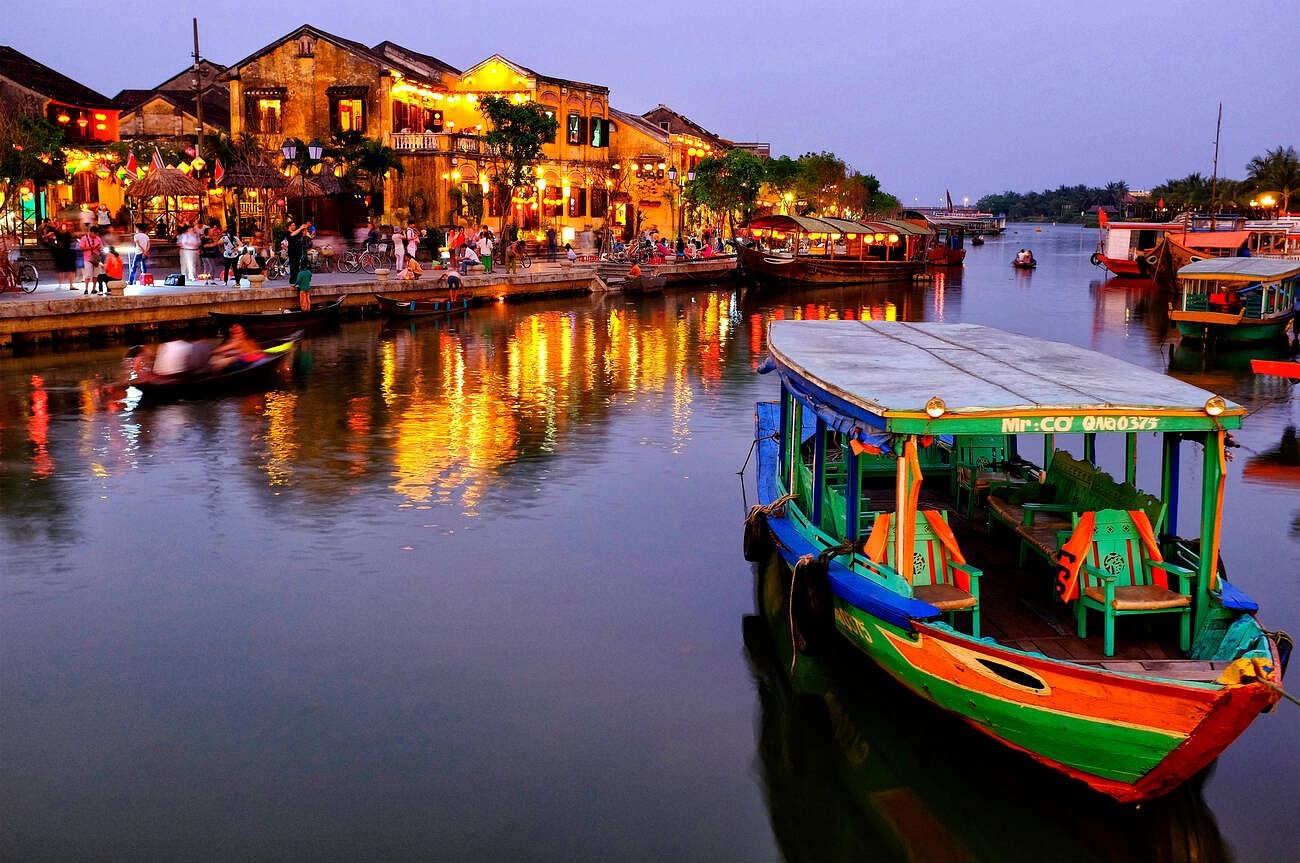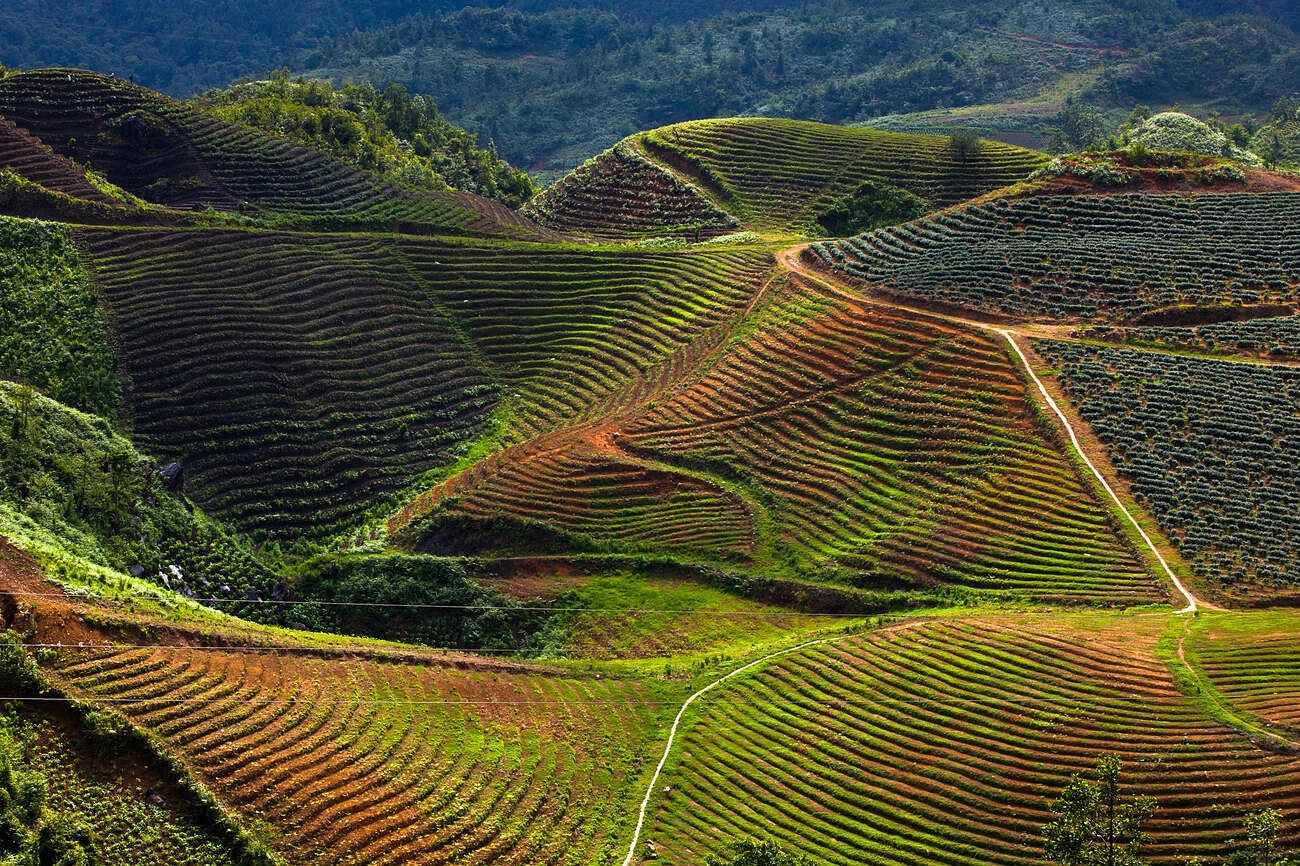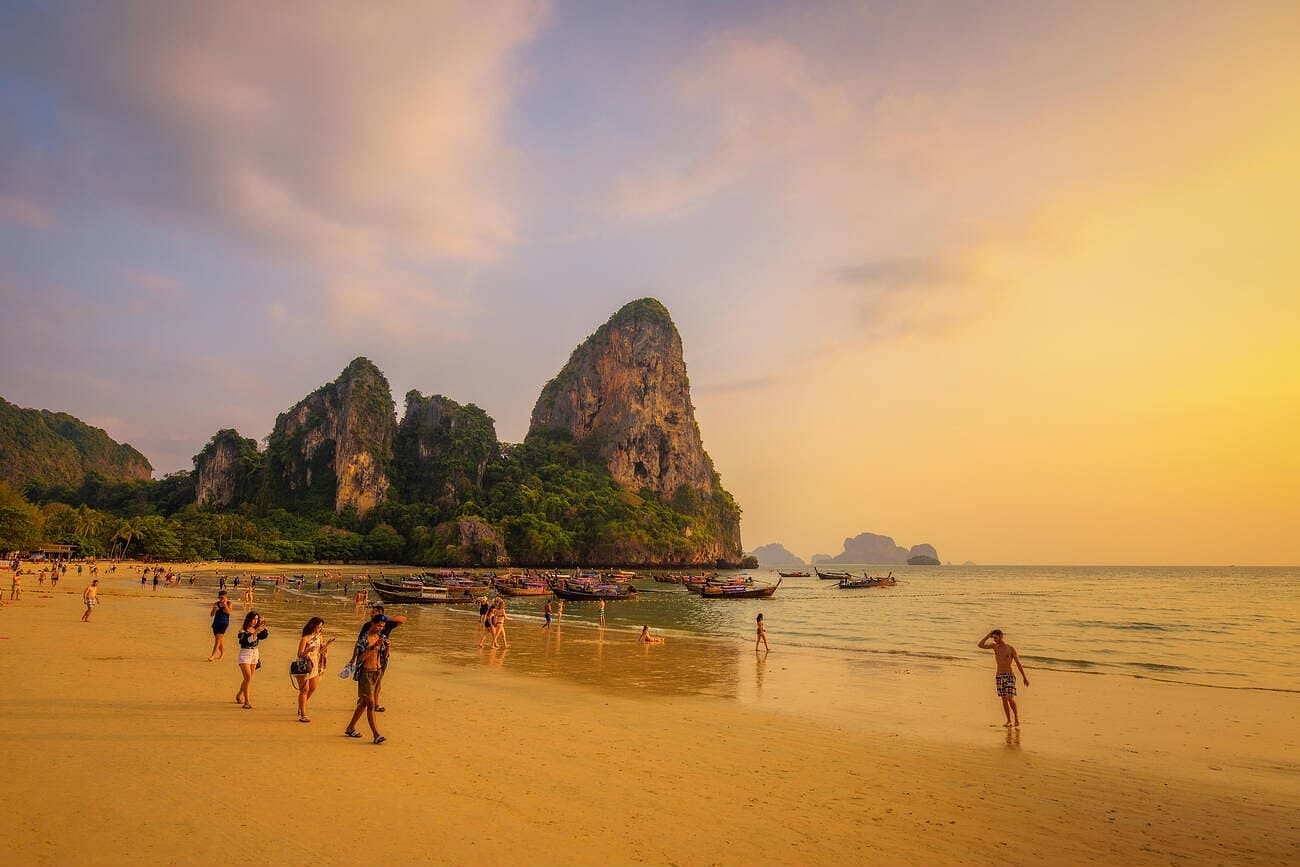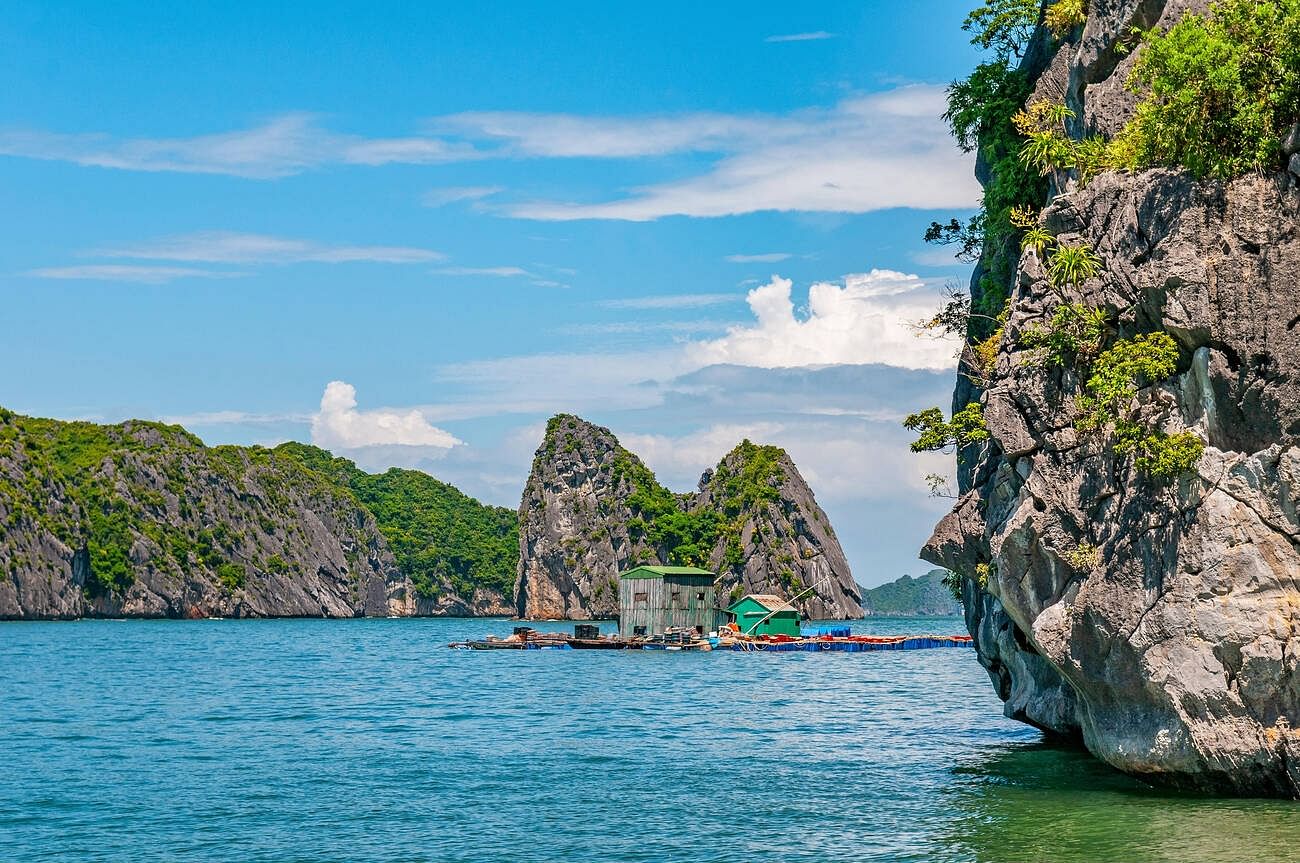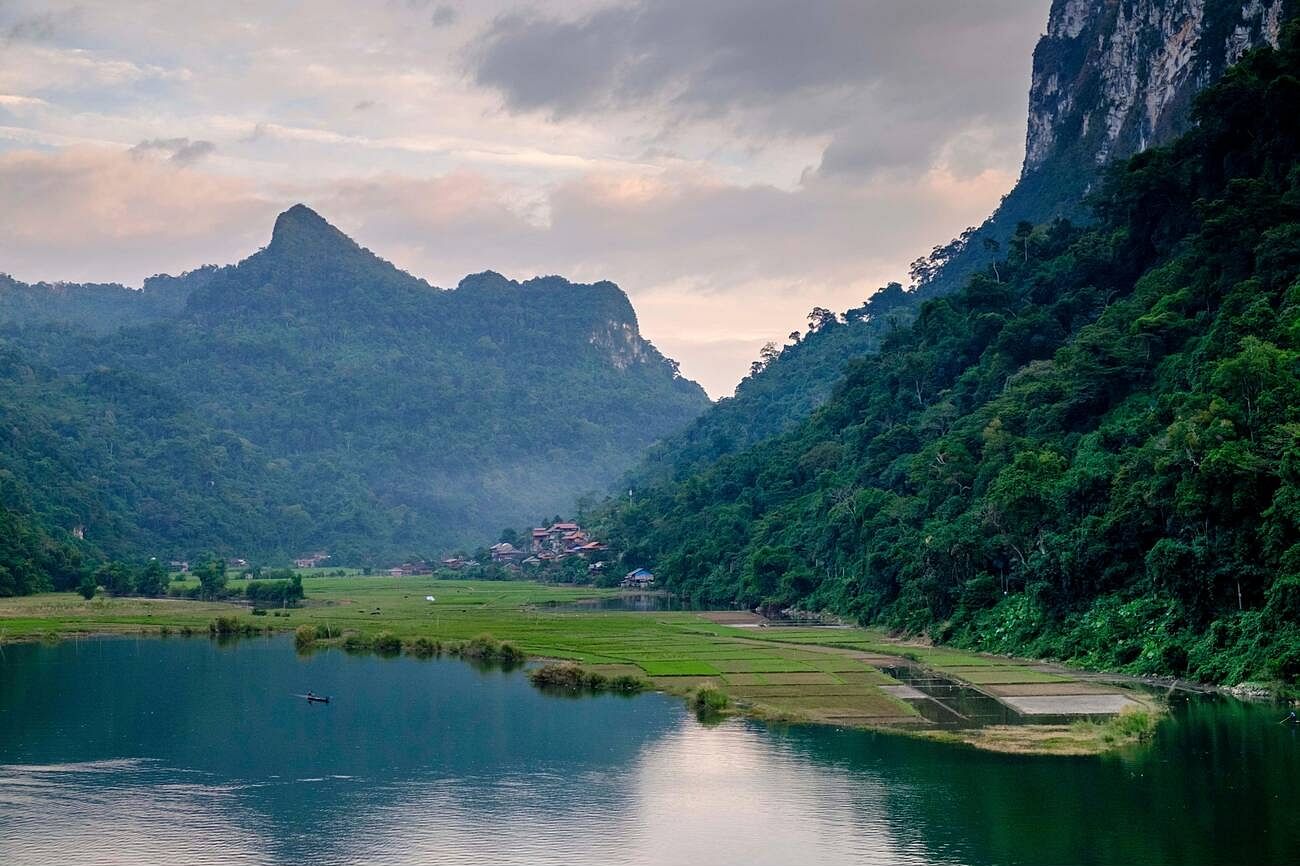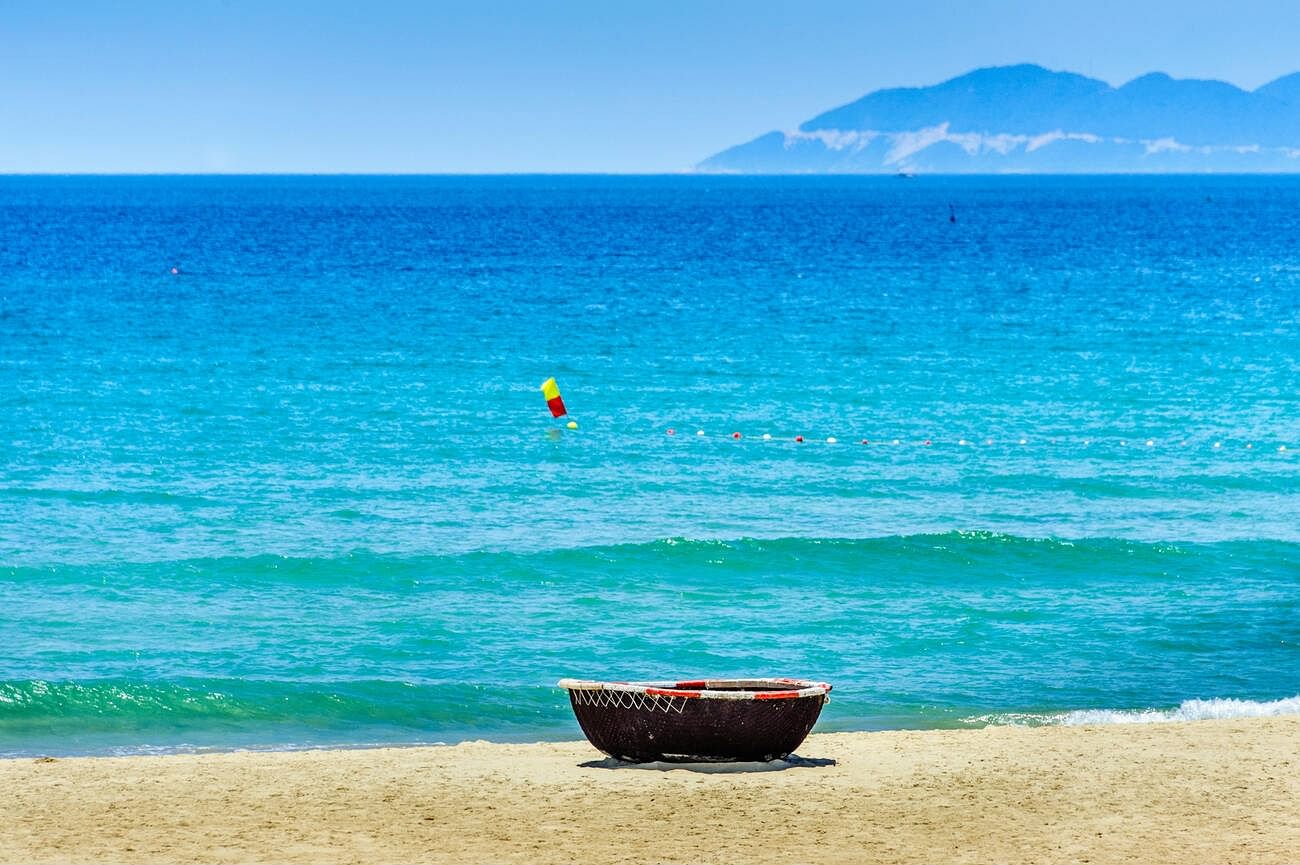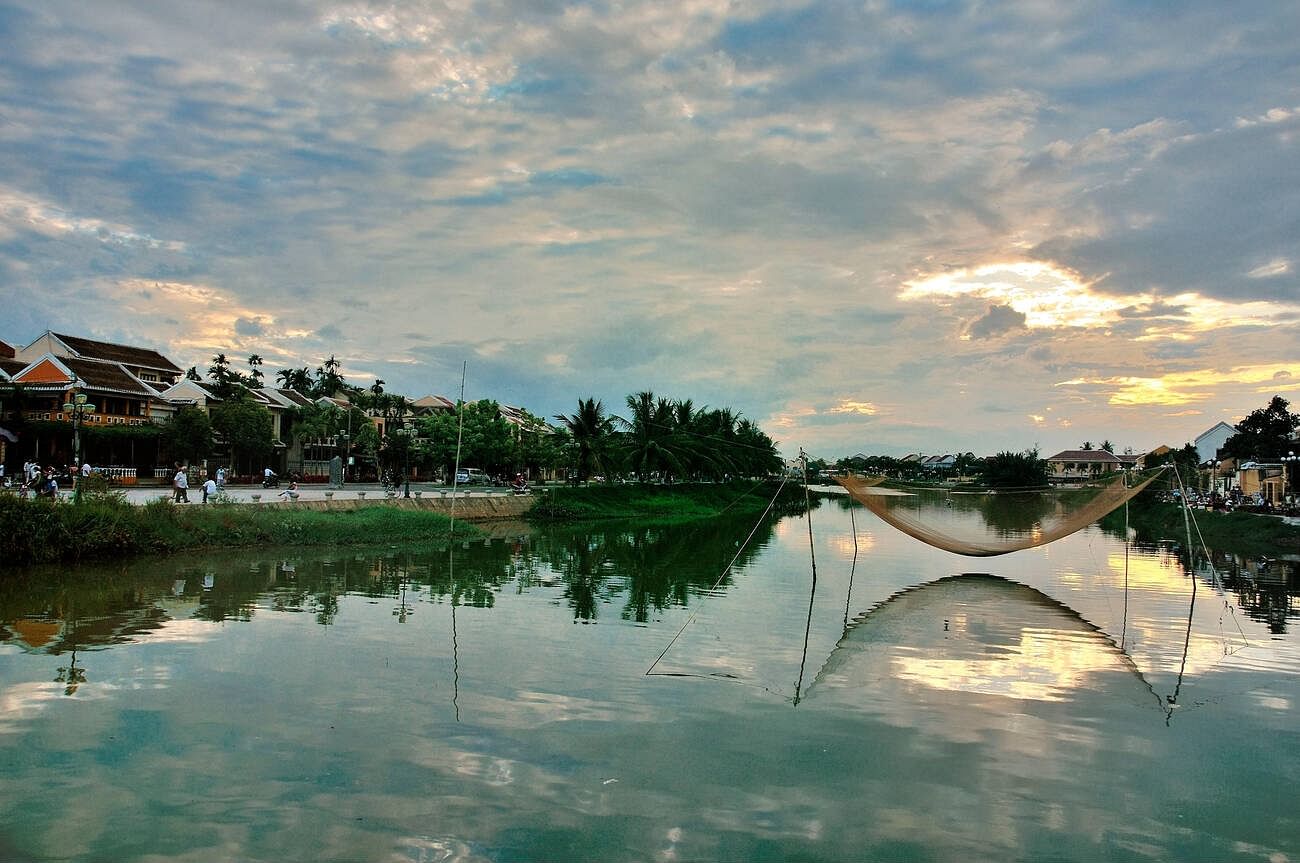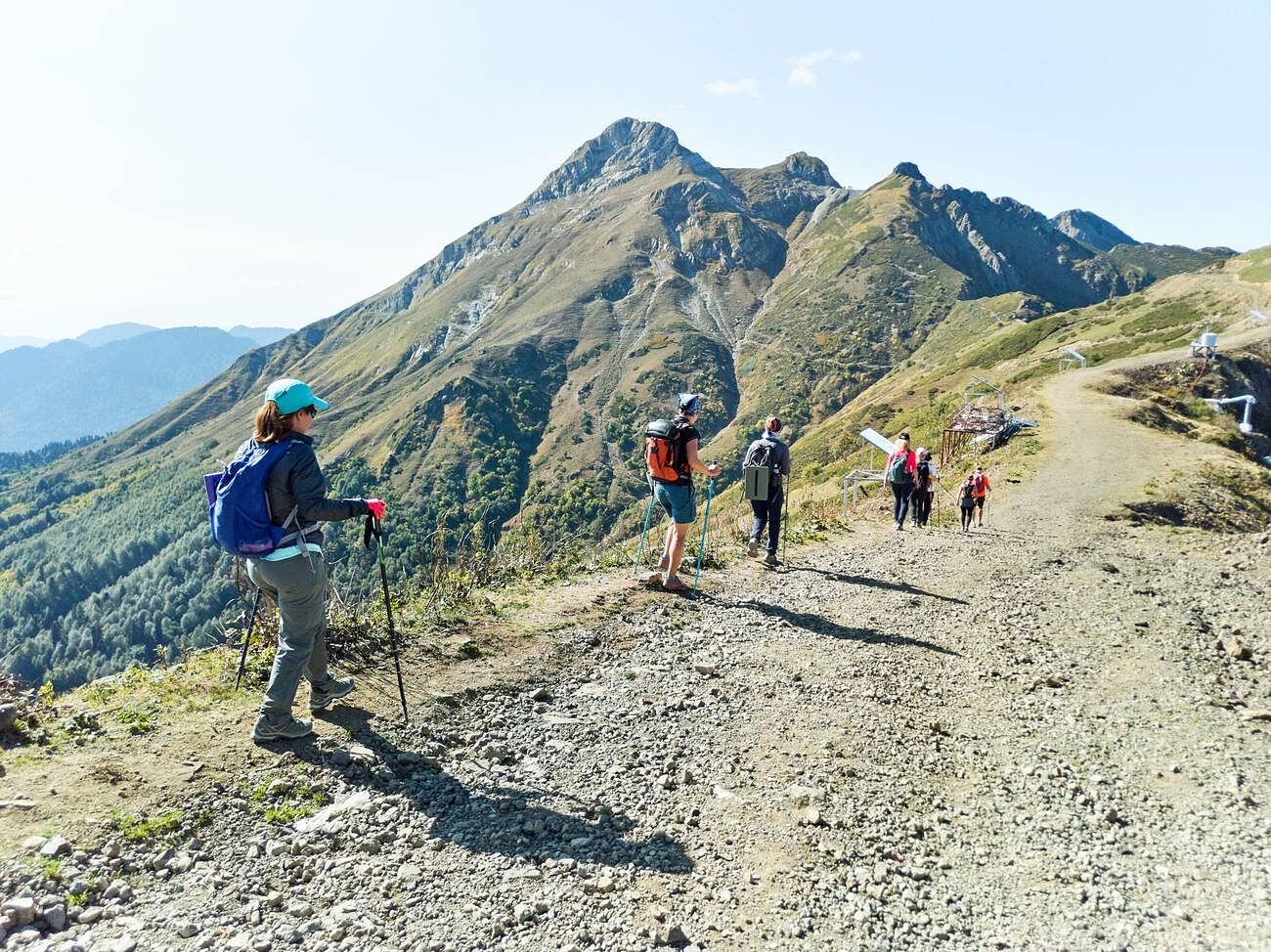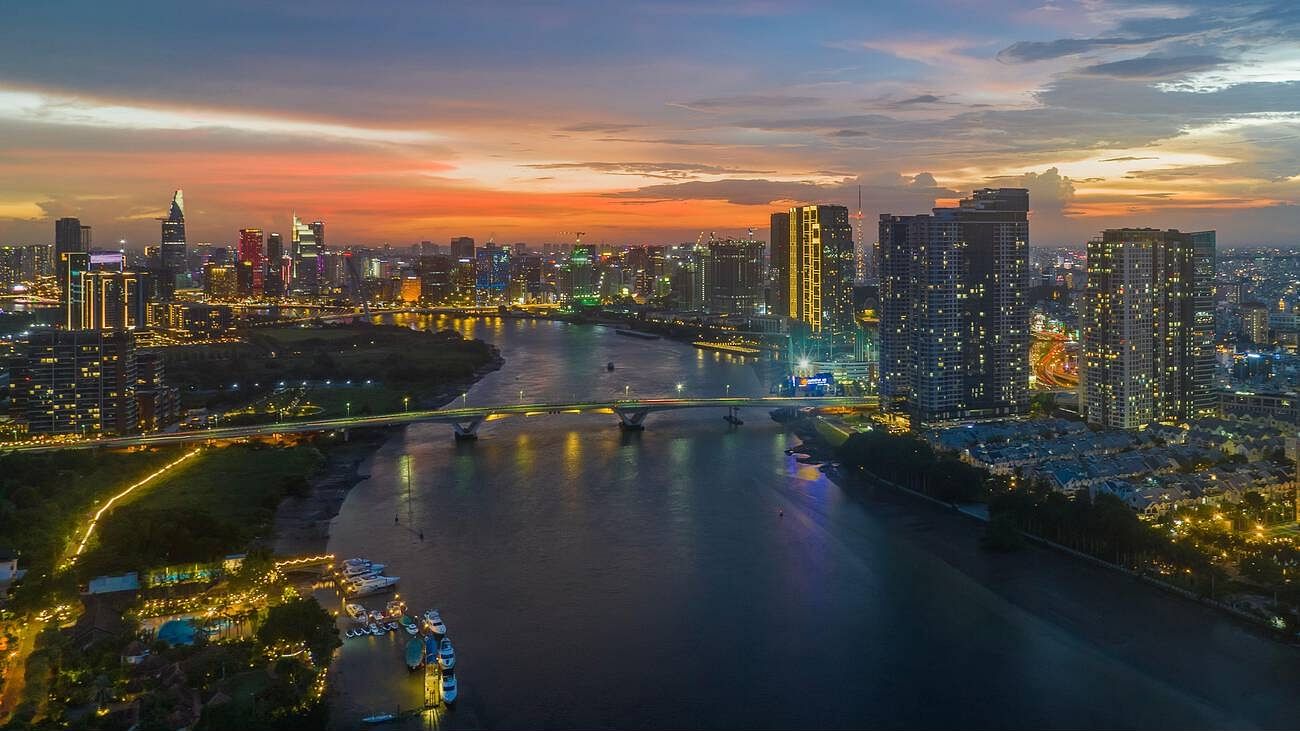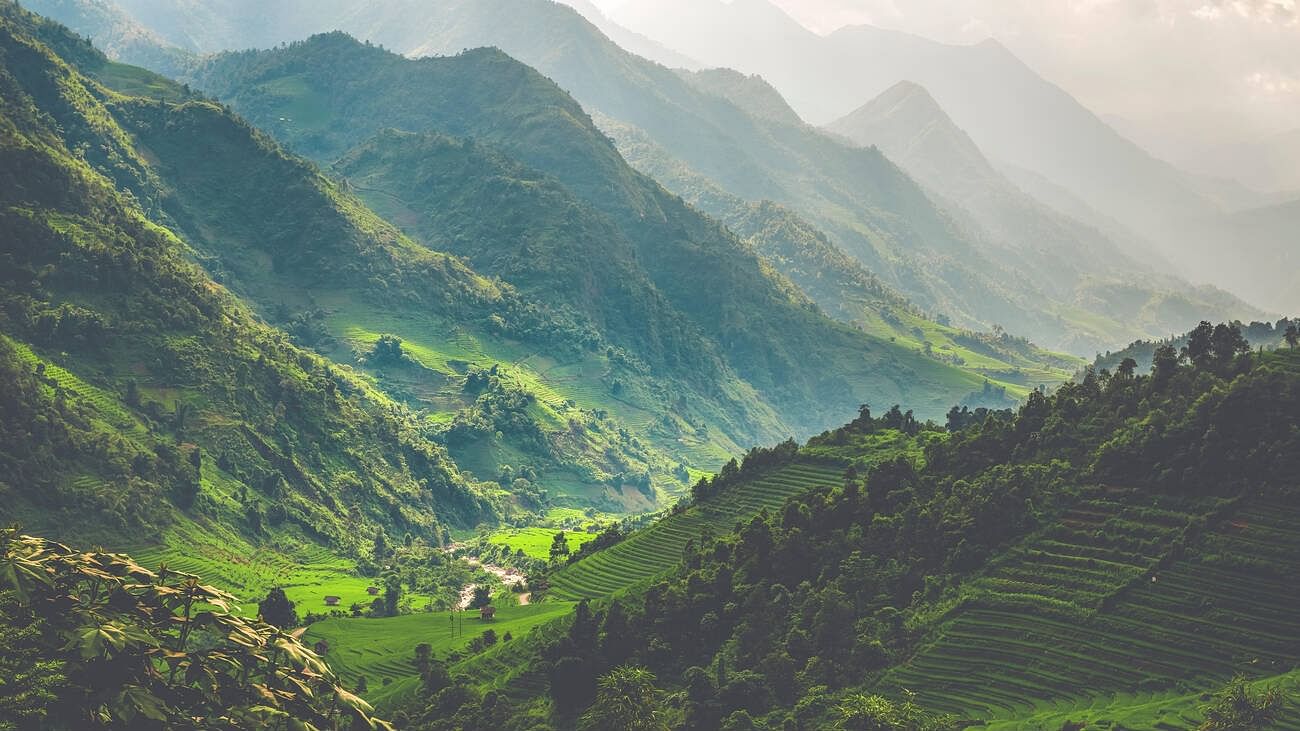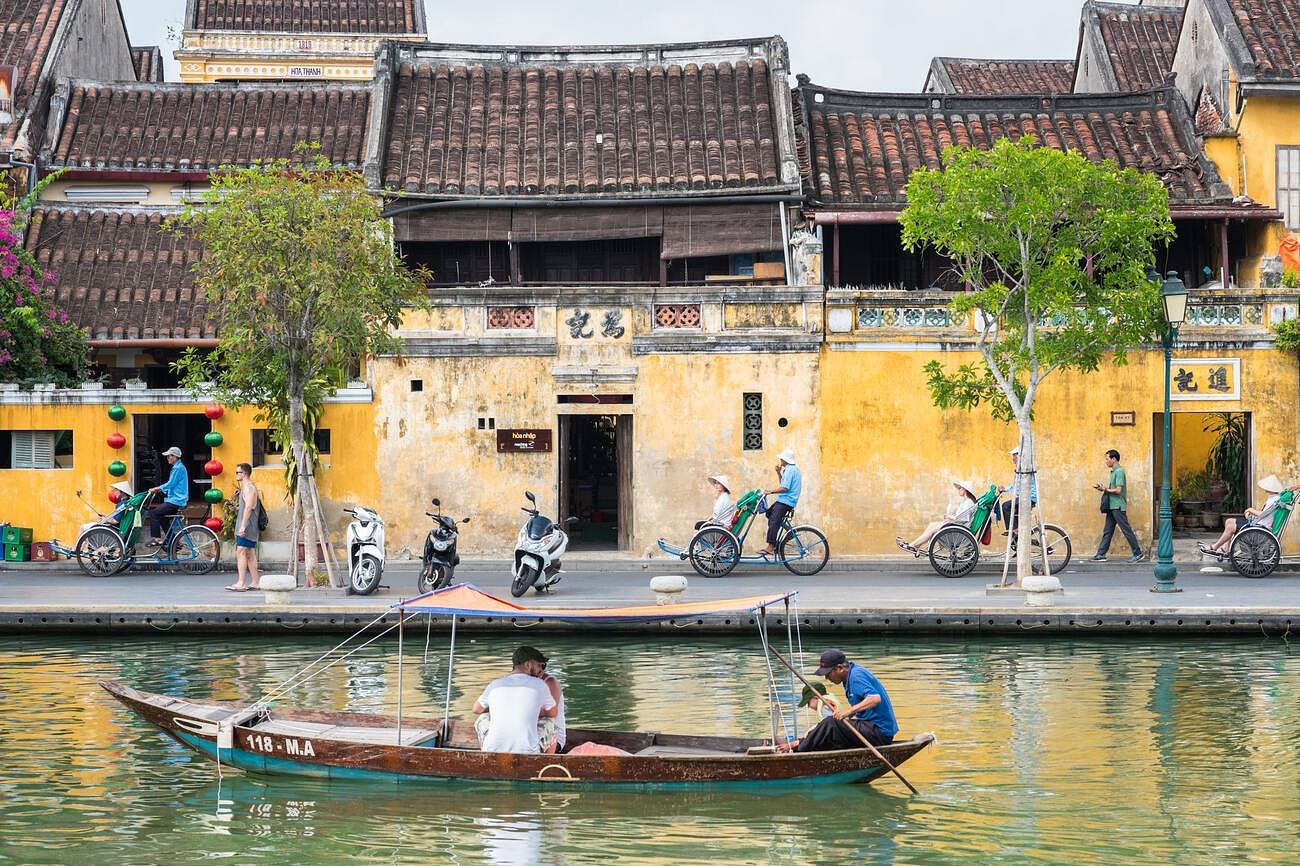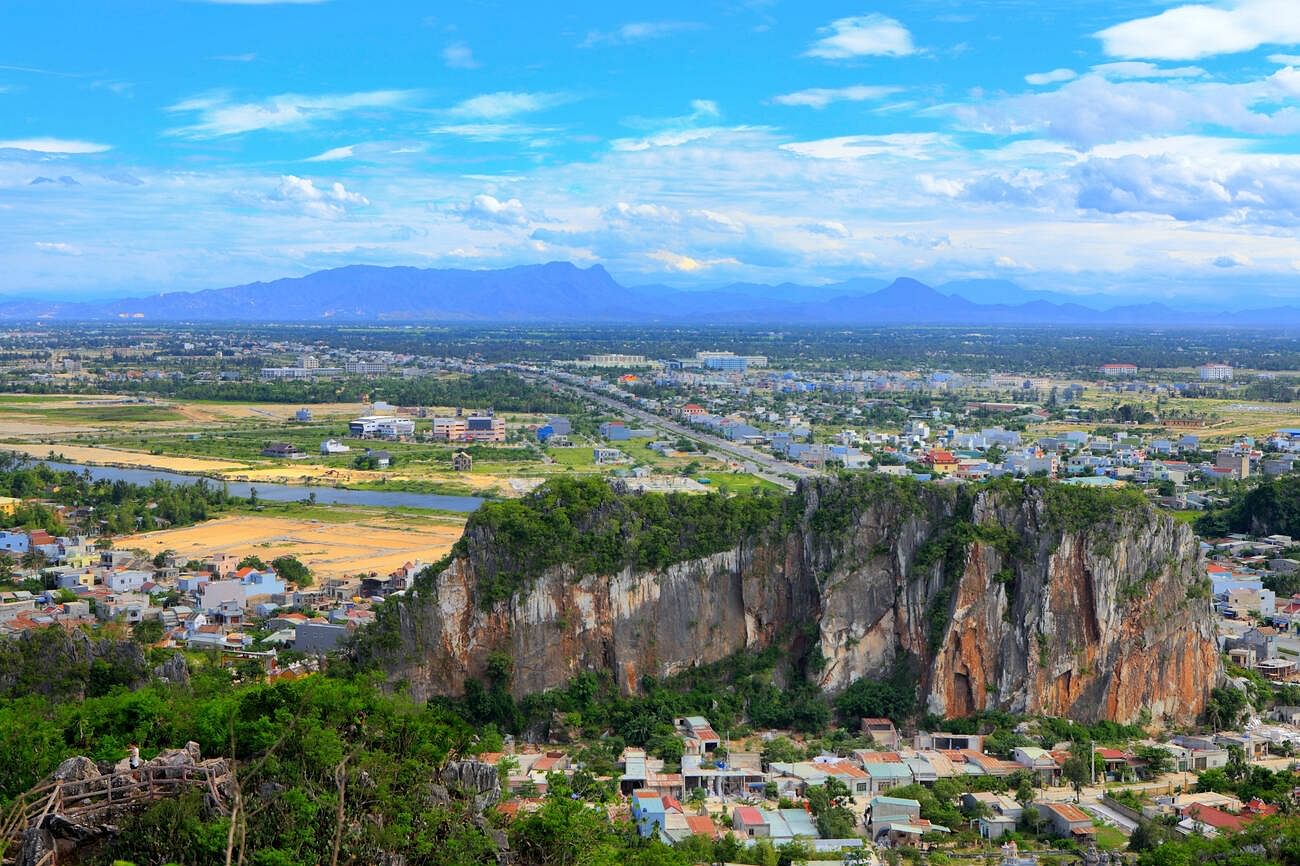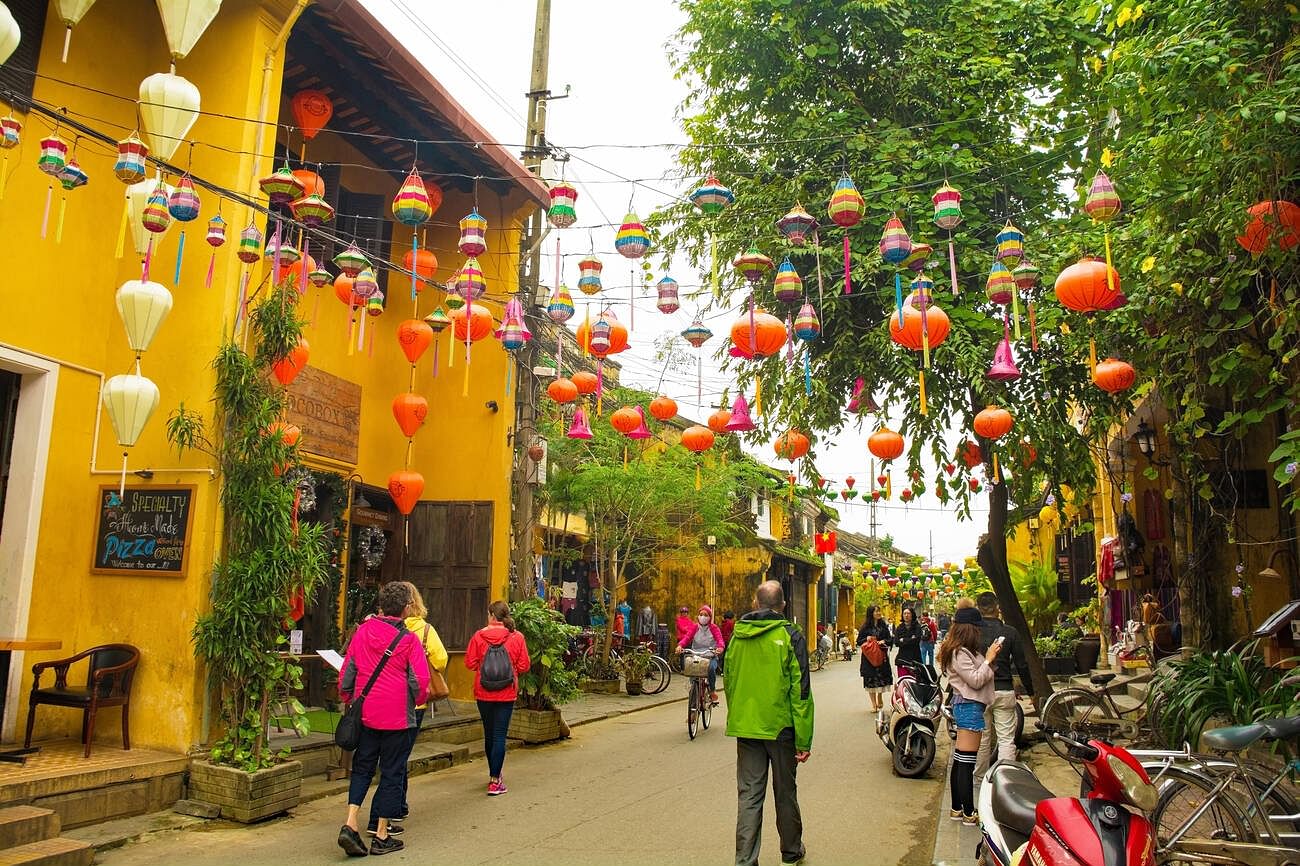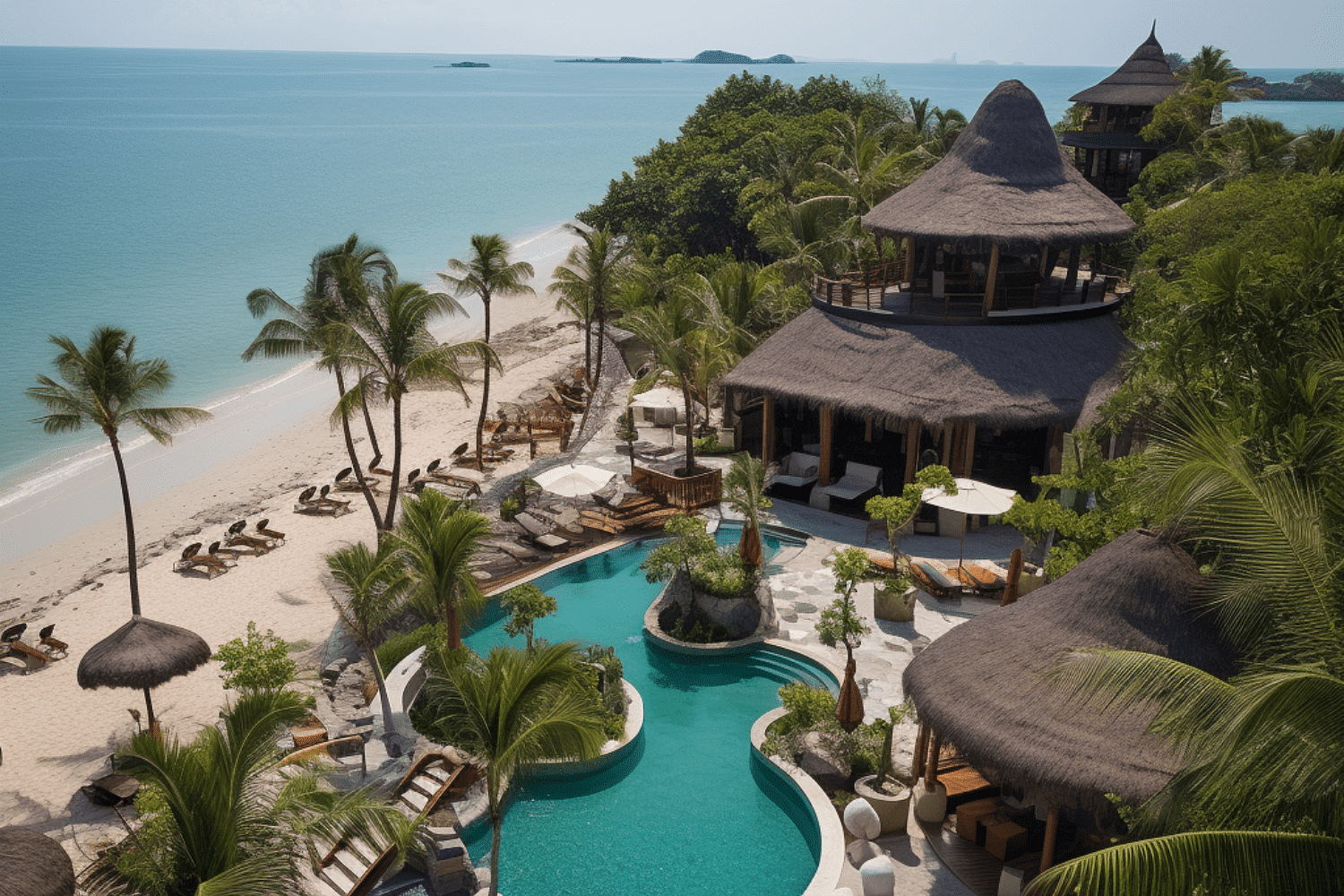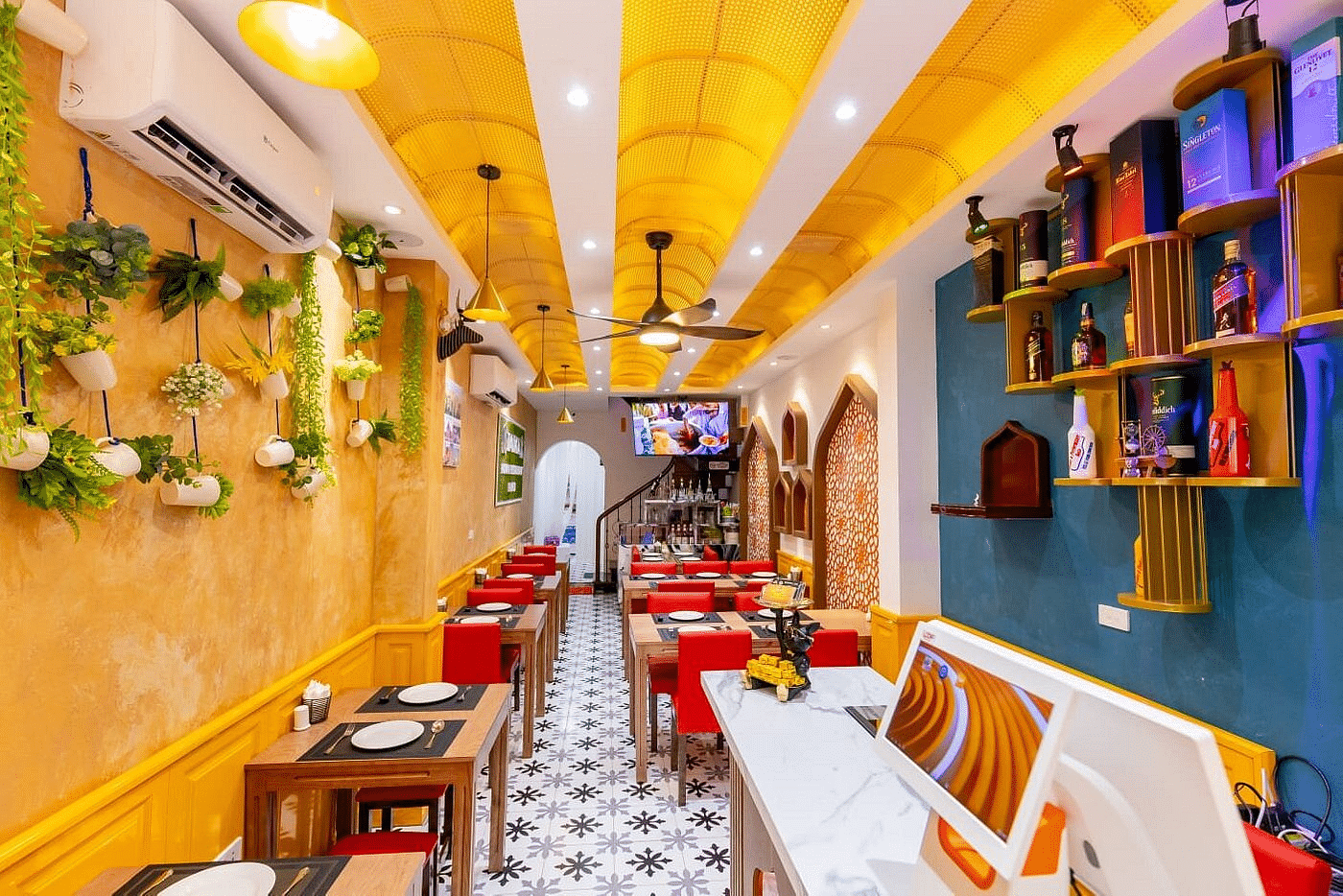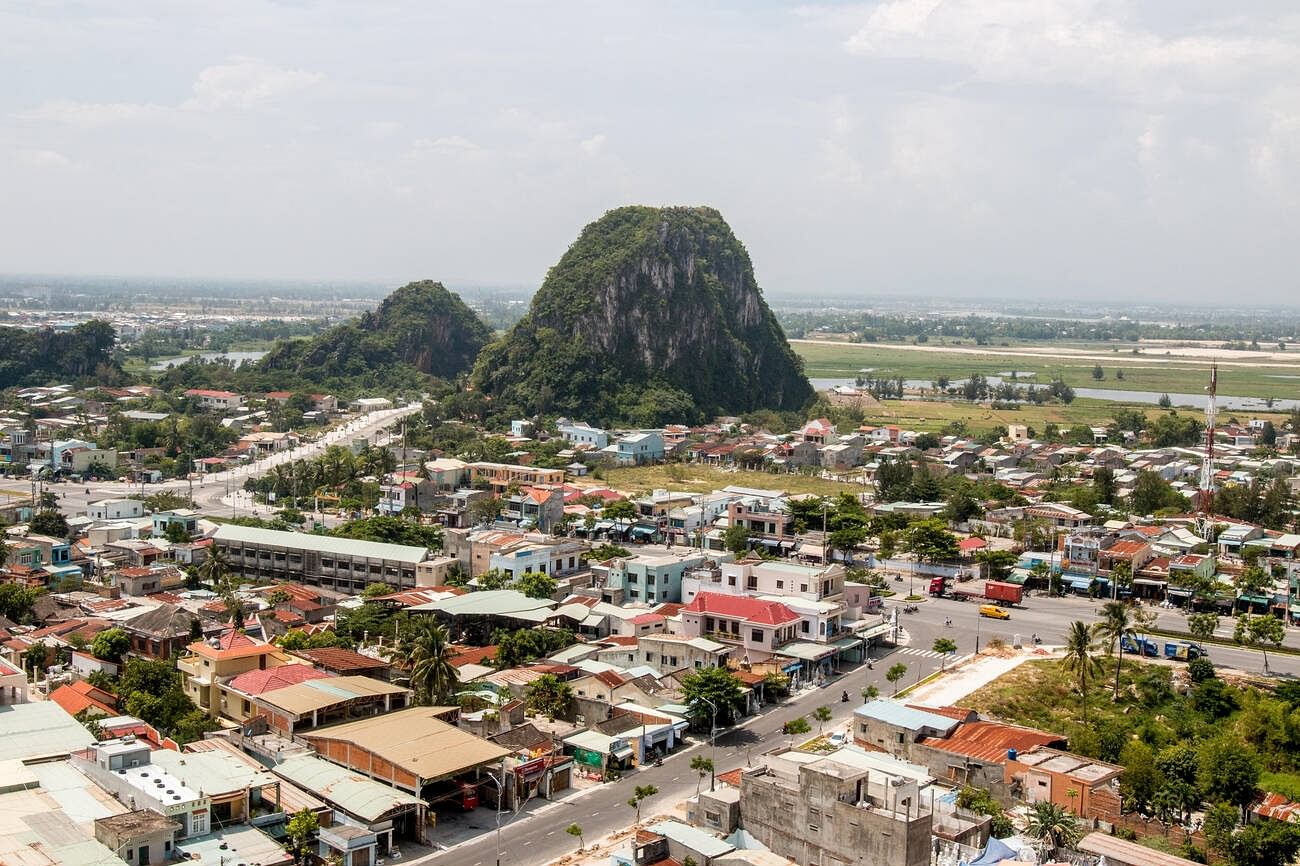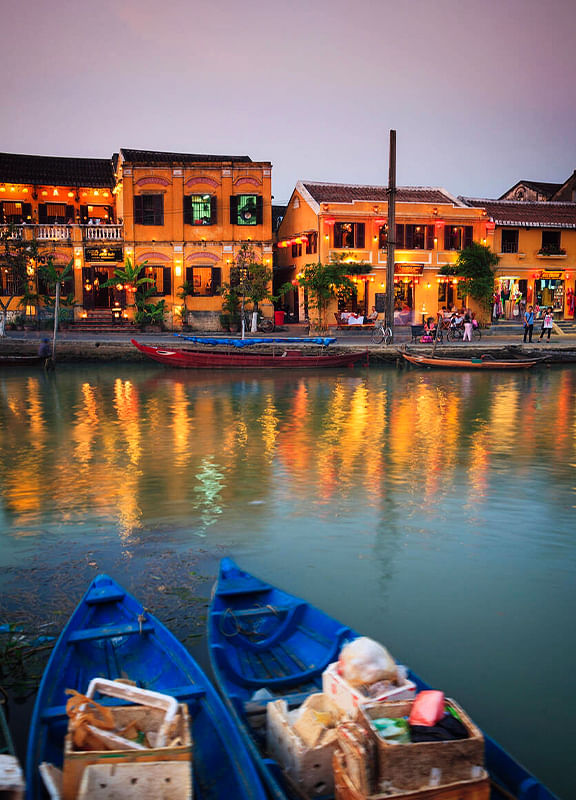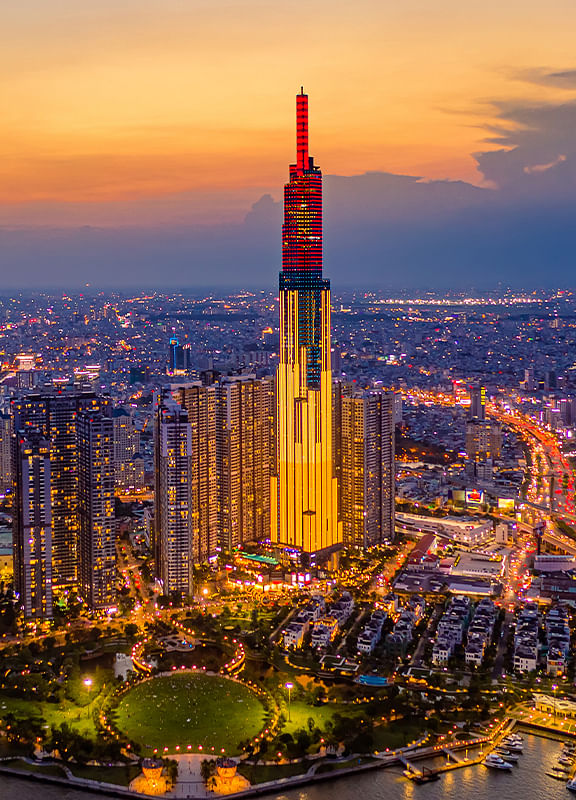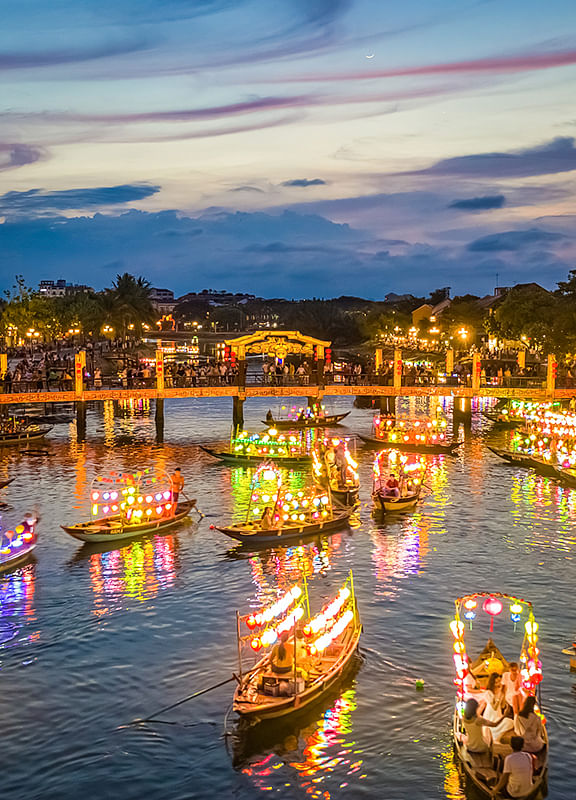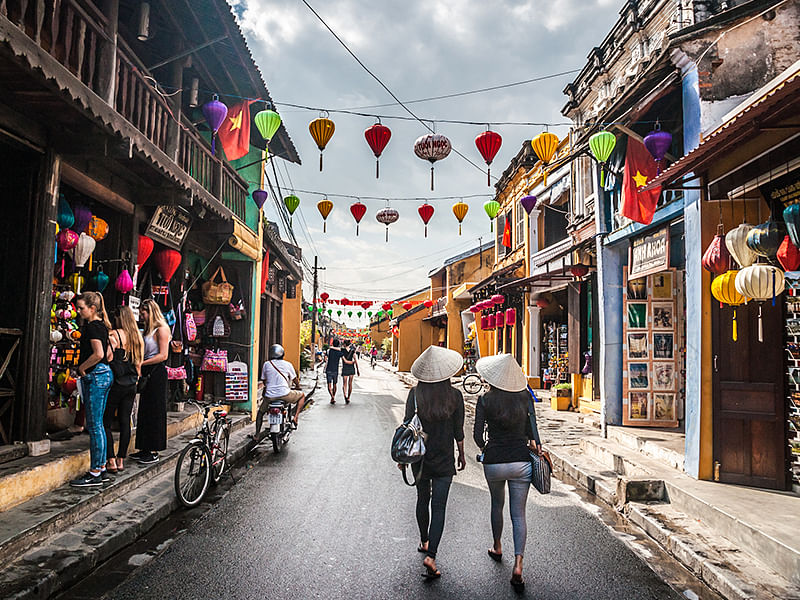Knowing the best time to visit Vietnam is essential before finalising your Vietnam tour package. With three distinct regions, there is a mix of tropical as well as temperate climates. So, picking the right month can be challenging, but make your journey smoother and way more enjoyable.
Whether you’re chasing sunshine, trying to avoid the crowds, or want to dive into local festivals, understanding the Vietnam season to visit is key. By choosing the correct time, you can explore various places to visit in Vietnam, which will leave you with once in a lifetime experience.
In this guide, we’ll break down the best months to visit Vietnam, the weather in different regions, tips for different travel styles, and even answer whether it’s better to visit Vietnam in summer or winter. Let’s get planning!
best vietnam tour packages
When is the Best Time to Visit Vietnam: Region-wise
Vietnam’s map makes its climate quite diverse but at the same time very exciting as you can experience different climate in the same month. What’s happening in Hanoi could be totally different from what’s happening in Ho Chi Minh City on the same day! So let’s break it down.
Northern Vietnam (Hanoi, Sapa, Halong Bay)
Northern Vietnam experiences four distinct seasons, making it one of the most diverse climate zones in the country. Northern Vietnam in Winter (December–February) brings cool to cold weather, especially in the mountains of Sapa, where temperatures can drop below 10°C and even bring frost.
Spring (March–April) is mild, with temperatures ranging from 17°C to 28°C and minimal rainfall. Summer (May–August) is hot and humid, with highs around 33°C and frequent downpours. Autumn (September–November) is considered the best time to go to Northern Vietnam clear skies, warm days around 25°C, and golden rice fields in Sapa.
Central Vietnam (Hue, Da Nang, Hoi An, Quy Nhon)
Central Vietnam has a tropical monsoon climate but is shielded somewhat from early summer rains. From January to July, it’s typically dry and sunny, with temperatures ranging from 22°C in January to 34°C in June — ideal for beach vacations.
August to November sees the wet season, often with typhoons, especially in Hue and Hoi An, making travel plans unpredictable. Rainfall peaks in October, sometimes causing local flooding. The best months to visit Central Vietnam are from March to July, when you can enjoy sunshine, minimal rain, and pleasant coastal breezes.
Southern Vietnam (Ho Chi Minh City, Mekong Delta, Phu Quoc)
Southern Vietnam has a consistent tropical climate year-round, with just two seasons: dry (November to April) and wet (May to October). The dry season is hot but comfortable, with temperatures between 28°C and 34°C and little rain — perfect for city tours and Mekong cruises.
Rainy season features frequent afternoon showers, especially in June and July, though mornings usually remain sunny. Despite the rain, travel is still manageable. The best season to visit Southern Vietnam is during the dry months, particularly December to March, when humidity is low, and beaches like Phu Quoc are at their finest.
Best Time of Year to Visit Vietnam: A Month-by-Month Guide
January is a fantastic month to travel across Vietnam, especially if you're escaping the cold from India. In the north, places like Hanoi and Sapa can be chilly, with temperatures ranging from 10°C to 18°C, sometimes dipping lower in the mountains.
Central Vietnam starts to dry up after the rainy season, while southern regions like Ho Chi Minh City enjoy dry, sunny days with highs around 28–30°C. It’s the build-up to Tet (Vietnamese New Year), so cities are beautifully decorated, and you can expect the best places to eat in Vietnam. It’s one of the best months to visit Vietnam for festival vibes.
February is arguably one of the best times to go to Vietnam, with mild and dry weather across most regions. Northern Vietnam continues to be cool and misty, with temperatures between 11°C and 20°C. Central Vietnam (Hue, Da Nang) experiences pleasant conditions and sees an increase in sunny days.
In the south, it’s warm and dry, with average highs around 30–32°C. This is also Tet Festival month in many years, so while cultural experiences are rich, early bookings are essential due to high demand. As well as, you will find various places for shopping in Vietnam, making a great time for shopaholics.
March marks the beginning of spring in Vietnam, and it's one of the best months to visit Vietnam overall. The north starts to warm up, with daytime temperatures ranging between 17°C and 24°C and less humidity. Central regions like Hoi An and Hue enjoy dry, sunny days, perfect for sightseeing and beach time.
Down south, the weather remains consistently dry and hot, averaging 33°C, but not too humid. The natural beauty is in full bloom, making it ideal for trekking in Sapa or cruising in Halong Bay. March is also a good pick for a balanced and budget-friendly trip.
April is a shoulder season and a solid pick if you're looking for the best time to see Vietnam from India. Northern Vietnam experiences mild spring weather with temperatures between 20°C and 28°C, making it great for outdoor exploration. Central Vietnam is now warmer, with sunshine perfect for hitting the beaches in Da Nang or Quy Nhon.
Whereas in the southern part of Vietnam, it’s hot and dry, reaching highs of 35°C, so pack light clothing. April is also the time of the Hue Festival (held every two years), showcasing traditional Vietnamese arts and culture. It’s one of the best seasons to visit Vietnam for diverse experiences.
May brings rising temperatures and the beginning of the wet season in some regions, but it’s still considered a decent time to visit. The north starts getting warmer, ranging from 24°C to 32°C, with occasional rains. Central Vietnam remains dry early in the month, making it a good time for beach getaways.
The south sees short, sharp showers late in the afternoon, but mornings remain sunny and clear. Visitor crowds thin out, so you can find better deals. May is one of Vietnam’s seasons to visit if you want to avoid crowds but still enjoy fair weather.
June is summer in Vietnam, and temperatures soar across the country. In the north, Hanoi and Halong Bay become hot and humid, with temperatures climbing up to 35°C, and occasional downpours. Central Vietnam (Hoi An, Da Nang) is in peak beach mode, with plenty of sun and little rain, an ideal time to visit Vietnam for swimming and watersports on the best beaches of Vietnam.
In the south, you’ll get afternoon showers but also bursts of sunshine, with highs around 32°C. June is one of the best months to visit Vietnam if you love beach holidays and don’t mind the heat. It’s also a good time to explore offbeat destinations.
July is part of the rainy season in many parts of Vietnam, but it’s still popular for summer travel, especially in Central Vietnam. The north experiences heavy showers and hot temperatures (25°C–34°C), so trekking and outdoor sightseeing might be limited. Central Vietnam, however, remains relatively dry and sunny, which is perfect for beach lovers.
The south sees regular rains, especially in the afternoons, but you can still enjoy cultural sites and city life. It's not the best time to go to Vietnam if you're averse to rain, but it’s great for travelers looking for off-season deals.
August is one of the hottest and wettest months in Vietnam. The north sees consistent rainfall and high humidity with temperatures around 28°C to 35°C, making outdoor travel a bit tricky. Central Vietnam continues to shine as the driest region, ideal for beach destinations like Nha Trang or Da Nang. In the south, expect humid days with afternoon thunderstorms. Though it’s not usually listed as the best season to visit Vietnam, August is good for budget travelers and those focusing on coastal stays. Just keep an umbrella handy and plan some indoor cultural visits.
Vietnam in September marks the end of summer and brings some relief in the north, with cooler temperatures between 24°C and 31°C. The landscapes in places like Sapa and Ninh Binh are lush and green after the rains. Central Vietnam starts to experience its monsoon season, especially in Hue and Hoi An, with possible flooding.
In the south, the rain gradually begins to ease. This is also when the Mid-Autumn in Vietnam is a festive season, a fantastic time for cultural exploration. Overall, September is one of the best months to visit Vietnam in the north, but less ideal for central beach trips.
October is a transitional month and one of the best times to go to Vietnam if you’re planning to explore the north. Hanoi and Ha Giang begin to cool down, with clear skies and temperatures around 20°C to 28°C. It’s ideal for mountain treks and river cruises. Central Vietnam is often hit by typhoons this month, so beach plans may be disrupted. The south starts drying up, making it a good time to start planning for island trips to Phu Quoc. October is a strong contender for the best season to visit Vietnam, especially for nature lovers and culture seekers.
Vietnam in November is considered one of the best months to visit Vietnam, particularly in the north and south. In Hanoi, the air becomes crisp and the weather ideal for sightseeing, with average highs around 24°C. Central Vietnam may still see rain, but conditions improve by mid-month.
The south enjoys dry and sunny days are perfect for exploring Ho Chi Minh City or relaxing in the Mekong Delta. The cooler weather also makes this one of the best times to explore caves and rivers. If you're wondering is it's better to visit Vietnam in summer or winter, November tips the scale toward winter.
December is peak travel season and one of the most comfortable months across Vietnam. The north can get chilly (around 15°C to 22°C), especially at night, making it cozy for walks around Hanoi’s Old Quarter. Central Vietnam begins to recover from the rainy season, and beach towns like Da Nang gradually become sunnier.
South Vietnam is at its bestsunny, dry, and ideal for island getaways like Phu Quoc or Con Dao. With Christmas celebrations and the New Year around the corner, December wraps up the year beautifully and is one of the best times to go to Vietnam.





